#phil toledano
Explore tagged Tumblr posts
Text

Phillip Toledano
14 notes
·
View notes
Text

"Another America", la fascinante coleccion de imagenes de unos EEUU alternativos en 1940-50 generada usando IA por Phil Toledano.
0 notes
Text
Why Sandestin, Florida, becomes a hot place for home owners
Phil Gutman, Gutman Development Marketing, Ian Bruce Aycner, and CEO of BH ISAAC TOLEDANO, explains to Fox News Digital why they support Florida's “Condo 3.0” bill. A community on the emerald coast of Florida has become a hot place for buyers that may otherwise be priced from Southeast Florida Housing market. Sandestin, described as a “attractive alternative” for the surrounding markets, has…
0 notes
Text
Why Sandestin, Florida, becomes a hot place for home owners
Phil Gutman, Gutman Development Marketing, Ian Bruce Aycner, and CEO of BH ISAAC TOLEDANO, explains to Fox News Digital why they support Florida's “Condo 3.0” bill. A community on the emerald coast of Florida has become a hot place for buyers that may otherwise be priced from Southeast Florida Housing market. Sandestin, described as a “attractive alternative” for the surrounding markets, has…
0 notes
Text
Another America — AI-Generated Photos from the 1940s and 50s - AI-generated images by Phillip Toledano | Interview by Jim Casper | LensCulture
0 notes
Text

Doggie - by Phil Toledano (1968), English
57 notes
·
View notes
Text
Esto No Es Berlín (This Is Not Berlin)

Director Hari Sama Stars Xabiani Ponce de León, José Antonio Toledano, Ximena Romo Mexico 2019 Language Spanish (with English subtitles) 1hr 55mins Colour, some black & white
Art goths vs the cult of Hugo Sanchez
This is your classic subcultural coming-of-age story: boy meets new noise, falls for new noise and the fellow lovers of the new noise, and things get a bit messy. Boy – we can usually assume, and certainly can here – will then grow up to be the director of the film you are watching.

It’s 1986, and we’re in México DF. Carlos (Xabiani Ponce de León) is a lanky, Pre-Raphaelite-looking teenager whose classmates seem primarily interested in dirty mags and rucks with rival schools. Carlos digs the centrefolds, is less fond of the fighting. He spends most of his time hanging out with best mate Gera (José Antonio Toledano) and gazing hopelessly at Gera’s older sister Rita (Ximena Romo, who has a definite Linda Cardellini vibe in this film).
Carlos’ home life is not easy: his father is absent and his mother (Marina de Tavira, who played the mother in Roma) paralysed by depression, so he’s left looking after his younger brother.

Then, one happy day, his knack for electrical engineering means he can fix Rita’s band’s synth, and he and Gera get to tag along to their gig at Mexico City’s top underground new wave/goth dive. Pretty instantly, Carlos renounces his love for blues rocky dullards Ten Years After and plunges himself into the polysexual performance art/synth noise thing, alienating his former school chums by sporting eyeliner and Phil Oakey hair. Even worse, Carlos’ new pals are totally opposed to the nation’s big party – the 1986 World Cup.*
As is sometimes the way with these kind of films, the stuff the director seems less interested in – schoolkids being schoolkids – is stronger than the ‘cooler’ bit. The stuff at home and school could only be bourgeois Mexico City, the stuff in the club anywhere where people pretended they were at Warhol’s Factory or the Mudd Club. As the title suggests, that’s kind of what director Hari Sama wants to explore – scenes where everyone knows they are not where the rest of your world thinks it’s at, where you’ll never get see Einstürzenden Neubauten play, only a local band doing their dodgy approximation of EN, and yet everybody involved experiences things as intensely – likely more intensely – than if they actually were in London/NY/Berlin etc. It’s a subject that has been played around with quite a lot in recent times – I thought of This Is Memorial Device, David Keenan’s novel that provides an incredibly detailed and authentically messy (and often rather unpleasant) fictional oral history of the post-punk scene in Airdrie, Scotland (pop 37,130), whose participants are convinced they are miles ahead of what is happening elsewhere.
Sama, though, has nothing particulary fresh to say on the subject. Like a lot of quasi-autobiographical works, This Is Not Berlin has a disappointingly conventional narrative shape. My adolesence didn’t fit a tidy three-act pattern – did yours? And so a reliance on cliches undermines any sense of authenticity.

Maybe Sama’s best contribution to the film is on screen, not off – he gives the film’s standout performance playing Carlos’ favourite uncle, a man refusing to give up on the 1960s. The other bit of casting I like is Mauro Sanchez Navarro as Nico, Carlos’ art-scene mentor and possible romantic interest, whose face really would have fit in in West Berlin at the time.

Which reminds me that these are (unsurprisingly, considering how the country works) a fairly European-looking bunch of people. The characters in this film have two contrasting encounters with Mexico’s not-white majority: once when the band plays at an open-air punk gig out in the sticks (‘You’re the pretty ones,’ someone tells a bewildered Gera there), and once when they are being processed after being arrested.
This Is Not Berlin is an absorbing, entertaining film, with added value if you have a taste for Latin American teen slang. I just wish it was a little less predictable, a little less rote.
*[NOT REALLY A SPOILER] If you have seen the film, and are wondering about the 68/86 slogan, in the run-up to the 1968 Olympics, hundreds of students were killed by government forces in the historic centre of Mexico City in what is known as the Tlatelolco massacre.
20 notes
·
View notes
Photo

0 notes
Photo

Phillip Toledano. When I was six
1 note
·
View note
Text
Tops quantiques 2019 - CINÉMA
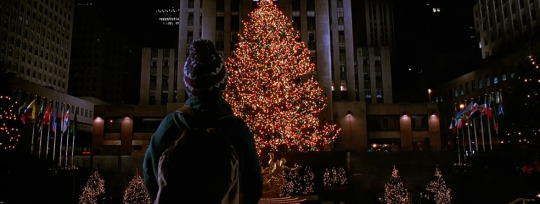
J’espère que votre année a été fructueuse. De mon côté, malgré quelques complications, la décennie se termine de façon magique, avec une tête blonde sous notre toit. Le tempérament plutôt stable de cet heureux chamboulement (et surtout les mois qui ont précédé son arrivée, ne nous leurrons pas) m’ont tout de même permis de voir suffisamment de films pour concocter un top de cette cuvée 2019. Et elle s’est révélée tellement excellente que je double la mise de la fois dernière : vingt places pour autant de conseils-rattrapage. Let it snow !
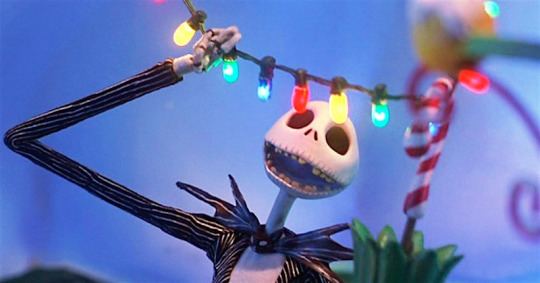
TOP 20 FILMS 2019
1. Midsommar de Ari Aster Un thriller anthropologique aussi ensoleillé qu’étouffant. Massif et sans concession, Midsommar engloutit nos représentations pour façonner une peur sophistiquée.
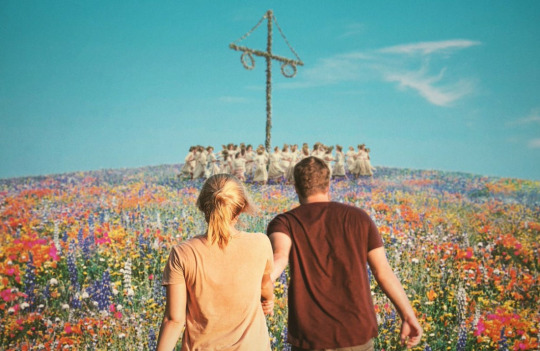
2. Portrait de la jeune fille en feu de Céline Sciamma Tant de cruauté contenue dans un écrin si doux. La narration de cet amour impossible découle sur l’un des plus beaux plans de l’histoire du cinéma français. Encore plus beau depuis le combat, bien réel, d’Adèle Haenel.
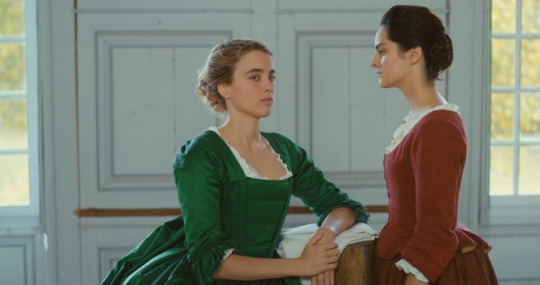
3. Parasite de Bong Joon-ho L’un des meilleurs cinéastes coréens accouche d’une fable sociale pleine de cynisme. Personnages féroces, intrigue acide, mélange des genres succulent.
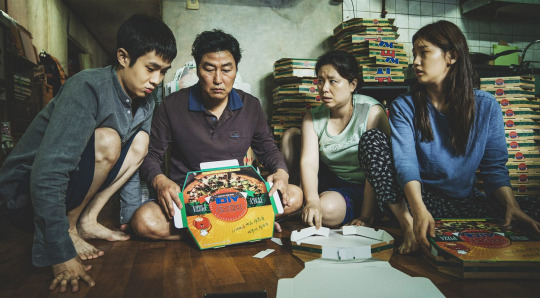
4. Us de Jordan Peele Après le huis-clos Get Out, Us mise sur plus d’envergure. Le réalisateur chronique son continent à coup de symbolique souterraine. La première heure reste longtemps gravée en nous.
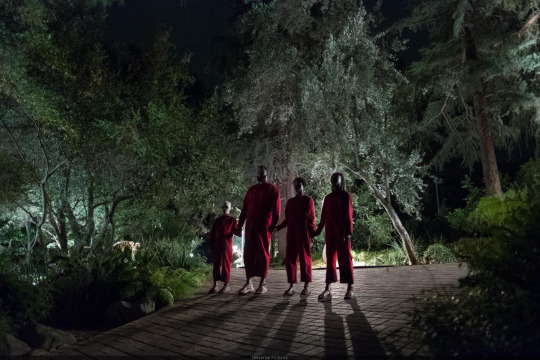
5. Grâce à Dieu de François Ozon Le récit démarre en trombe : lettre d’un catholique père de famille abusé sexuellement par un prêtre quand il était enfant. L’horreur ne quitte jamais cette fresque glaçante tissée de faits réels. Ces trois portraits complémentaires mettent à plat la violence de l’immunité ecclésiastique. On en ressort lessivé, mais lucide.

6. Long Shot de Jonathan Levine Une comédie romantique drôle, féministe, inspirée… Qui aurait cru qu’un film avec Seth Rogen pouvait se révéler aussi bon ? De surcroît, il incarne un personnage de journaliste bien écrit ! Un vrai miracle de Noël.
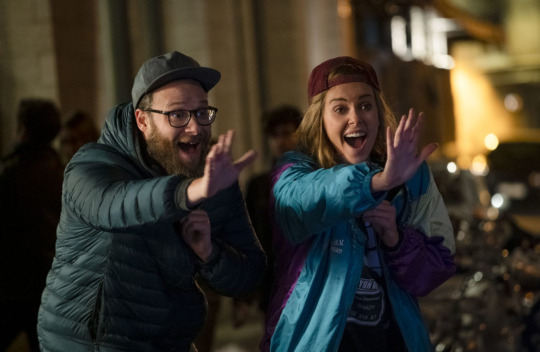
7. Once Upon a Time in Hollywood de Quentin Tarantino Lent, rempli de références et porté par un Brad Pitt au sommet de son art, le dernier Tarantino ne laisse aucun doute sur le plaisir qui a animé sa confection. À conseiller aux nostalgiques, à ceux qui n’ont pas peur de regarder le déclin droit dans les yeux.
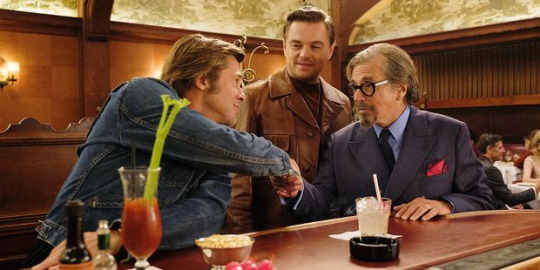
8. Yves de Benoît Forgeard Imparfait mais délicieux, ce nouveau délire de Forgeard reste en tête longtemps après son visionnage. Cette histoire de frigo qui fait du rap s’avère réjouissante, servie par une bande originale qui n’usurpe pas son qualificatif. Ça ne fera pas rire tout le monde, mais les amateurs d’absurde se régaleront.
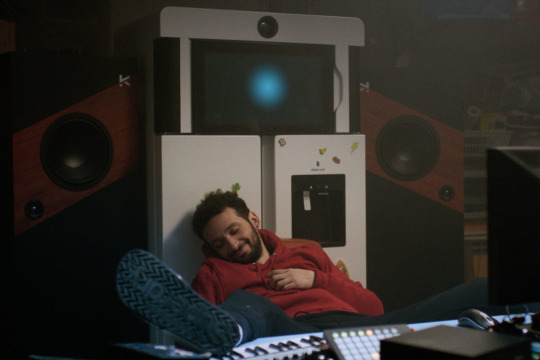
9. Marriage Story de Noah Baumbach Netflix produit parfois de bons films. Celui-ci brille par son casting impérial et son rythme maîtrisé. Les quelques scènes fracassantes sont diluées dans la lente agonie de l’idyle, et ce choix de structure renforce le propos.
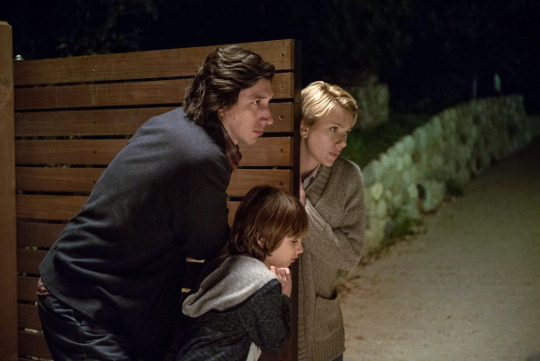
10. 90’s de Jonah Hill Un compte abrupt sur la propension à idéaliser qui traverse notre existence. Celle de l’enfance, du passage à l’adolescence, ici traité avec un recul touchant. Mais ce personnage de jeune skater illustre aussi la magnétisme inexplicable des durs-à-cuire plus âgés, l’envie hypnotisante de jouer les revêches.
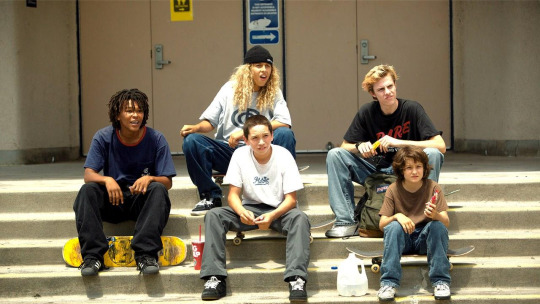
11. The Beach Bum de Harmony Korine Brûlant d’impertinence, comme d’habitude, l’instigateur de Spring Breakers rempile pour une nuit de débauche destructrice rappelant que l’argent n’a que trop d’odeur. McConaughey conjugue fond du trou et zénith intrépide.

12. Sibyl de Justine Triet Triet et Effira, ça avait donné le génial Victoria, et on en redemandait. Sibyl plonge dans le cinéma, au propre comme au figuré, et tente l’auto-psychanalyse du triangle amoureux. Passionnant, mais juste un peu balourd sur son dernier quart d’heure.
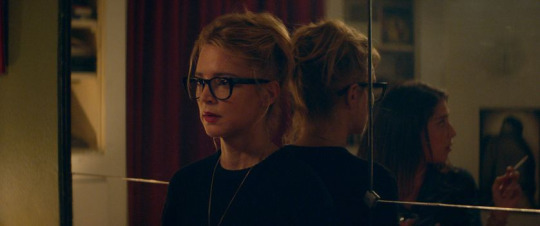
13. Le Daim de Quentin Dupieux Quentin sera toujours Dupieux. Aux commandes d’un Dujardin à dos de roue libre maîtrisée, il survole des landes mornes et les colore d’hilarants meurtres en série. Longue vie à ses délires millimétrés.
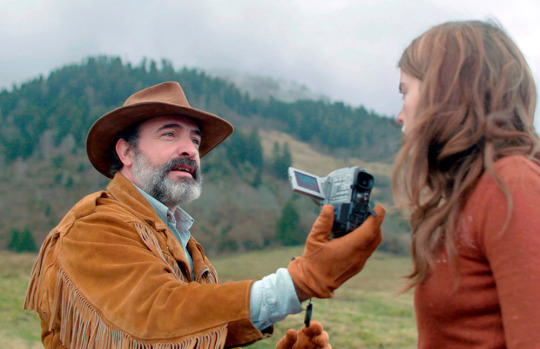
14. John Wick 3 : Parabellum de Chad Stahelski Partie d’un nanard gentillet, cette franchise est en train de devenir une nouvelle référence du film d’action. Faussement pataude, l’intrigue a gagné en intérêt et dépasse le statut de prétexte aux chorégraphies armées, toujours somptueuses.
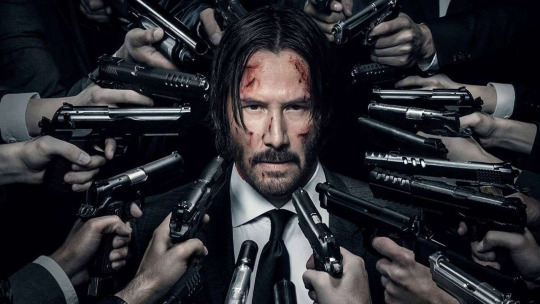
15. Klaus de Sergio Pablos Ce long-métrage d’animation espagnol – très bien doublé en français, on retient Lutz, Viard et Berléand – se réapproprie la mythologie de Noël pour façonner un récit parfaitement ficelé. Réjouissant, original, parfait pour un réveillon en famille.

16. Booksmart d’Olivia Wilde Surprise : le renouveau de la teenage comedy vient de Netflix. Authentiquement drôle, Booksmart renverse le genre et écrase ses pontes, Superbad en tête. Notamment grâce à sa galerie de personnages, jamais apocryphes.
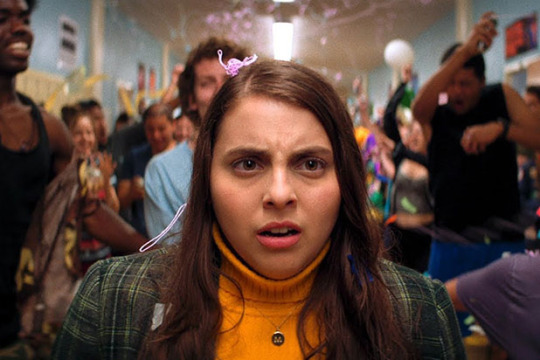
17. Synonymes de Nadav Lapid Un film sur l’immigration pas comme les autres, dans lequel le héros d’origine étrangère s’exprime dans un français extrêmement soutenu. Il reste démuni face à la complexité urbaine en dépit de sa verve et devient instrumentalisé par les solidaires d’apparence. Impitoyable démonstration.
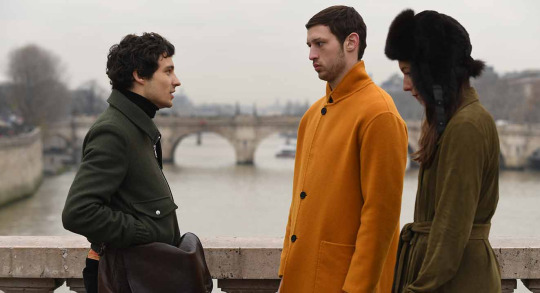
18. J’ai perdu mon corps de Jérémy Clapin Transi de mélodies célestes, ce dessin animé « pour les grands » déploie une expérience mi-flash-back mi-périple, et le tout sonne juste. Une courte escapade de poète, sensible mais pas fleur bleue.
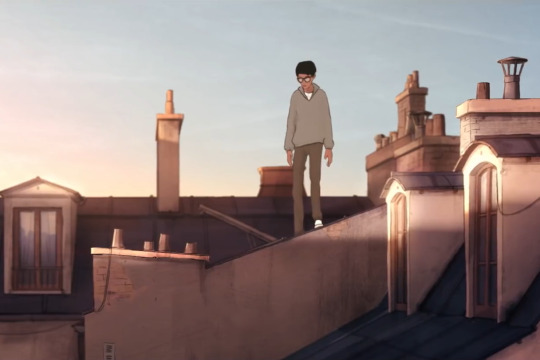
19. Mon inconnue de Hugo Gélin Bien plus incisif que le navrant Demain, tout commence, du même metteur en scène, Mon Inconnue comporte à la fois d’excellentes vannes et d’adorables séquences de romance. Benjamin Lavernhe s’y montre très en forme.

20. Ralph Breaks the internet de Rich Moore et Phil Johnston Ce second volet élargit l’univers et en profite pour multiplier les clins d’œils malins, à des kilomètres des placements de produit putassiers du premier. Si on frôle parfois le gloubi-boulga numérico-GAFAM, la plupart des gags font mouche et le duo de pixels demeure plaisant.
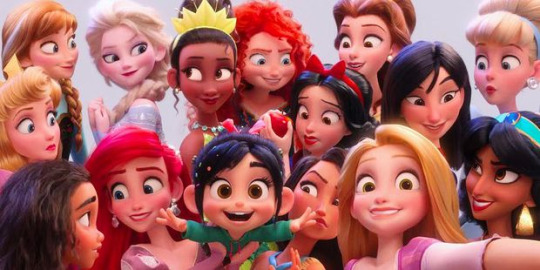
J’AURAIS AIMÉ VOIR :
Les Misérables de Ladj Ly Deux Moi de Cédric Klapish Hors Normes d’Éric Toledano et Olivier Nakache Chambre 212 de Christophe Honoré Chanson douce de Lucie Borleteau
Et j’aurais préféré ne pas voir :

FLOP 3 FILMS 2019
1. Captain Marvel de Anna Boden et Ryan Fleck Même en étant réceptif à l’écurie Marvel, cette proposition criarde s’avère insupportable. On n’avait pas vu une direction artistique aussi kitsch depuis Man of Steel, chez les zoulous d’en face.

2. Glass de M. Night Shyamalan Il ne fallait pas placer beaucoup d’espoir dans ce cross-over qu’on rêvait pétaradant : il se révèle trempé jusqu’aux os. Fauché et soporifique, Glass sabote ses propres enjeux dès les premières minutes, et fait de même avec son climax. Quel gâchis.
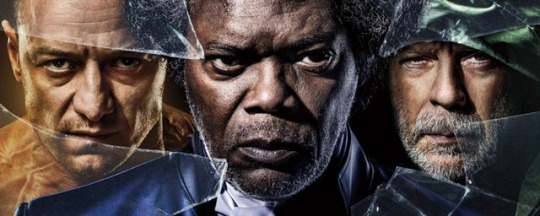
3. Yesterday de Danny Boyle L’inconstant Danny Boyle ne semble pas dans un bon jour ce coup-ci : il manque d’idées visuelles pour dynamiter ce what if paresseux. Reste quelques relectures jouissives des Beatles, pour peu qu’on se farcisse l’odieux imposteur qui les entonne.
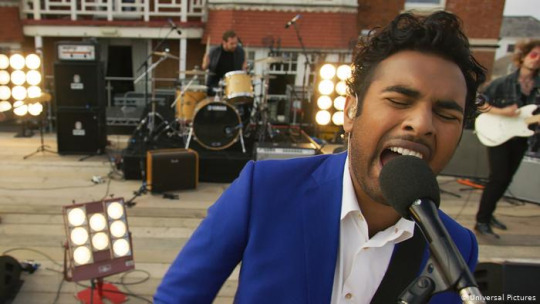
À très vite pour les tops Jeux vidéo, Jeux de société et Séries !
Boris Krywicki
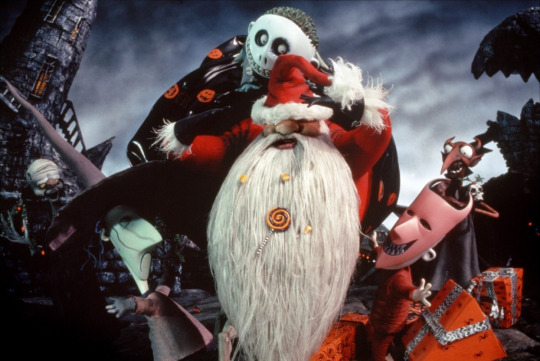
1 note
·
View note
Text
Philip Toledano - When I Was Six
“I can’t imagine what it must be like to have your kid disappear,” he says. “So I don’t fault my parents. I don’t know if you can understand, when you’re 6, what it means when someone dies.”
After researching Toledano’s widely known series, ‘Days With My Father’, I stumbled upon a more recent series of his titled ‘When I Was Six’. This being a series I undoubtedly related to. Within this combination of his written word, still lifes and space like images Toledano explores the unexpected loss of his sister at just aged six. After Toledanos parents died he found a box full of Claudia's things:
“Clothes, toys, health records, notes she wrote,” he says. “But also, everything to do with her death. It was a museum of sorts. But it was also a second chance; a chance to know my sister; to understand the pain my parents carried, and the strength it took not to bury me along with my sister.”
The contents of this box are what forms the narrative of ‘When I Was Six’ and the personal exploration of unexpected grief at a young age. Toledano photographs pencils and photographs of his sister on plain black backgrounds juxtaposing them against text and euphoric images that were created in a fish tank. The black background combined with the sharp hues of light reinforcing a darker narrative juxtaposed against childhood images. Toledano almost using the written word as an outlet for his reflective grief and emotions around feeling like he was able to get to know his sister. Although the project comes across soft, gentle and quiet due to its intimacy its creation was from it, Toledano expressing that it was one of the hardest things he had done. For example within the book work of this project Toldeano juxtaposes an image of his sister than an image of him laughing which was taken two weeks after she had passed away:
“That photo kind of brought me to my knees,” he says. “I couldn’t believe the date. It was two weeks after she died and I looked so normal.”
Toledano states in an interview with time.com that when you parents pass away you are left with boxes and it is your choice if you want to explore its contents, potentially exposing yourself to pain.
“You can choose to confront the things they’ve left you. And I guess the last five years have been a series of confrontations. It’s about deciding to tacked these things and trying to make sense of them.”
Although in this case it was a painful experience Toledano was able to create an intimate body of work that explores delayed or reflective grief in a soft and gentle way that almost has something poetic about it. Toledano uses the written word as a diaristic approach to address feelings around unexpected loss in an upfront and honest way. Moving forward within my own work, as said when reflecting on my research into Toledano’s prior projects, I would like to create at least one piece of diaristic, honest writing that explains the project.








Links:
https://time.com/3737833/phil-toledano-when-i-was-six-photobook/
http://mrtoledano.com/slideshow/when-i-was-six/
0 notes
Text
Is a Condo Florida Crisis Increase? Real Estate developers claim to increase costs required
Phil Gutman, Gutman Development Marketing, Ian Bruce Aycner, and CEO of BH ISAAC TOLEDANO, explains to Fox News Digital why they support Florida's “Condo 3.0” bill. The owners of the high apartment along the Florida's sunny and quiet coasts face an expensive fact. But prominent developers In the state, it is argued that HOA costs have increased and maintenance reserves are necessary to prevent a…
0 notes
Text
Is a Condo Florida Crisis Increase? Real Estate developers claim to increase costs required
Phil Gutman, Gutman Development Marketing, Ian Bruce Aycner, and CEO of BH ISAAC TOLEDANO, explains to Fox News Digital why they support Florida's “Condo 3.0” bill. The owners of the high apartment along the Florida's sunny and quiet coasts face an expensive fact. But prominent developers In the state, it is argued that HOA costs have increased and maintenance reserves are necessary to prevent a…
0 notes


